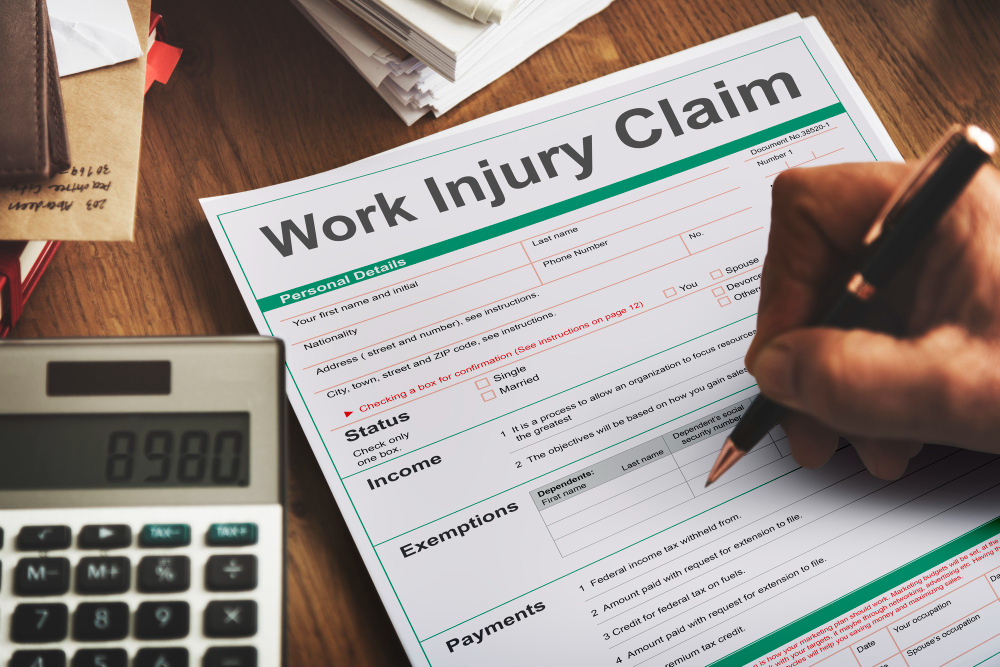Workers’ Compensation: What Is It & How Does it Work?
Workers’ compensation is just one in a long list of important and complex subsectors of the US Department of Labor’s detailed policies and procedures, all of which are specifically in place to protect both employees and employers across the wide spectrum of industries.
So, whether you have just accepted a new position within the HR department of a nationally renowned business, or have been working on the shop floor of a local store for many years, regardless of your circumstances, it will benefit you to at least be aware of the basics.
With this in mind, continue reading to learn all about workers’ compensation and how it can work for you.
Contents
OWCP
The OWCP (Office of Workers’ Compensation Programs) operates under the umbrella section of US government titled the US Department of Labor and controls and monitors four separate forms of disability compensation avenues for people who either contract a disease at work, or else are injured in the workplace.
The four different programs are as follows:
- Vocational Rehabilitation
- Wage Replacement Benefits
- Medical Treatment for Workplace Injury
- One-Off Benefits (on a case-by-case basis)
1. Vocational Rehabilitation
Vocational rehabilitation (otherwise referred to as Voc Rehab or simply VR), is a specific and personalized treatment and recovery program for employees across the entire spectrum of business to help them return to work.
VR can help everything from emotional, psychological and cognitive impairments, to physical, developmental and functional issues and is often funded by one or more specifically created charities or government-funded agencies (such as the US Department of Veteran Affairs and the RSA (Rehabilitation Services Administration).
2. Wage Replacement Benefits
Naturally, wage replacement benefits are only ever offered to the employee on a temporary, short-term basis, with any permanent loss of the ability to work being compensated in an entirely different way, usually in a lump sum.
Usually, the employee must be unable to visit their workplace to clock-in for their shift for three days before compensation benefits begin, with any less time spent off work never qualifying for these temporary injury payments.
3. Protection Against Workplace Injury
Whether an employee or an employer, it is not only legally responsible for you to make yourself aware of the specific Texas workers compensation laws , but also morally responsible too.
Should you yourself be the victim of a workplace injury, either in the sense of a physical issue, or else an emotional or psychological one, then you could well be eligible for compensation in one or more of the following areas:
- Medical expenses (for the short-term and/or the long-term)
- Monthly benefits for the family of a worker who dies due to a workplace injury
- Regular cash payments whilst you recover at home
Each state in the US has its own compensation program for workers and as you would expect, some can vary drastically from others. When wanting to file a claim against your employer, you should contact the specific program for your state and remember that, should you be rejected, you are more than welcome to file an appeal against the decision.

